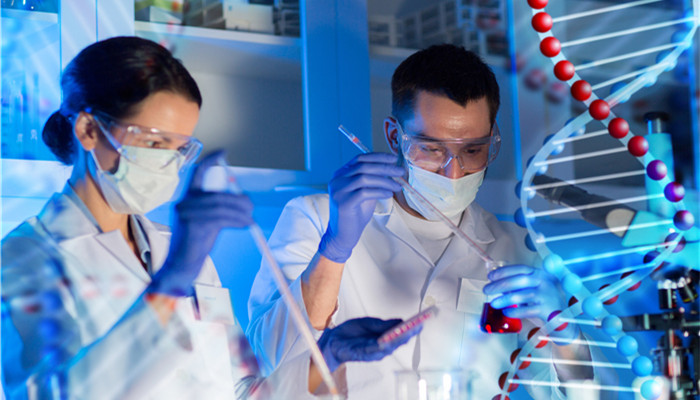
carbon 13 is an excellent isotope marker and my country’s independent supply capability is expected to improve
carbon 13 (13c) is one of the stable isotopes of carbon. it contains 6 protons and 7 neutrons in the nucleus. in nature, the carbon element mainly has two stable isotopes, carbon 12 and carbon 13. among them, the carbon 12 content is about 98.89%, and the carbon 13 content is about 1.11%. carbon 13 can be used as an isotope marker and a tracer atom of carbon. carbon is one of the most common elements in living organisms and organic compounds. therefore, carbon 13 is widely used in research fields such as life sciences and chemistry.
there are two main types of carbon 13 preparation methods. one is the chemical exchange method of carbon dioxide (co2) and carbamate system, and the other is the carbon monoxide (co) low-temperature distillation method. among them, the carbon monoxide low-temperature distillation method needs to be carried out under low temperature conditions, and the production conditions are relatively high; the chemical exchange method can be carried out under normal temperature conditions.
carbon 13 can be widely used in organic chemical synthesis, life sciences, medical research, pharmaceutical research and development, clinical diagnosis, agriculture, ecological environment management and other fields, especially in the medical field, it has broad development prospects. carbon 13 can be used in the detection of helicobacter pylori, and carbon 14 can also be used to detect helicobacter pylori. however, carbon 14 has poor stability and has a small amount of radioactivity. it may participate in cell base synthesis in the human body, thereby causing genetic mutations. danger. compared with carbon 14, carbon 13 has excellent stability, is non-radioactive and is safer.
carbon 13 detection of helicobacter pylori has the advantages of high sensitivity, high accuracy, painlessness, no side effects, easy operation, and wide application range. the long-term presence of helicobacter pylori can easily cause gastric cancer and is the causative factor of gastric cancer. the incidence rate of gastric cancer is high in my country. according to data released by the world health organization’s international agency for research on cancer (iarc), there will be 480,000 new cases of gastric cancer in my country in 2020, ranking third after lung cancer and colorectal cancer. therefore, the detection of helicobacter pylori is of great importance, which is beneficial to the development of carbon-13 in the field of medical testing.
according to the “2021-2025 carbon 13 industry in-depth market research and investment strategy suggestions report” released by the industrial research center, carbon 13 after labeling the carbon element, instruments can be used to track carbon 13, thereby enabling research on the synthesis process of organic compounds and the metabolism of drugs in the human body. carbon 13 is an excellent isotope labeled compound. in addition to clinical diagnosis, it also plays an important role in medical research and development and life science research, so its production has attracted great attention. carbon-13 production is difficult. only a few countries such as the united states, japan, and russia have mass production capabilities. my country’s market demand relies entirely on imports.
industry analysts sources said that in 2017, china general nuclear technology and shanghai research institute of chemical industry jointly launched the first low-temperature distillation production plant in china. the construction of the c13 isotope demonstration production line has now entered the trial operation stage. after it is officially put into operation in the future, my country’s independent supply capacity of carbon 13 is expected to increase and its dependence on foreign countries is expected to decrease.
the chinese government’s attention to carbon 13 is also increasing. the “14th five-year plan” national key research and development plan “basic scientific research conditions and major scientific instruments and equipment research and development” proposed the research on a series of organic compounds represented by 13c and 2h isotope markers. common preparation, purification and measurement technology of isotope markers, development of 2h and 13c labeled isotope markers; research on new macromolecular isotope markers based on 13c and 15n stable isotope labels. driven by national policies, my country’s carbon-13 production capacity is expected to continue to improve.

 微信扫一扫打赏
微信扫一扫打赏

